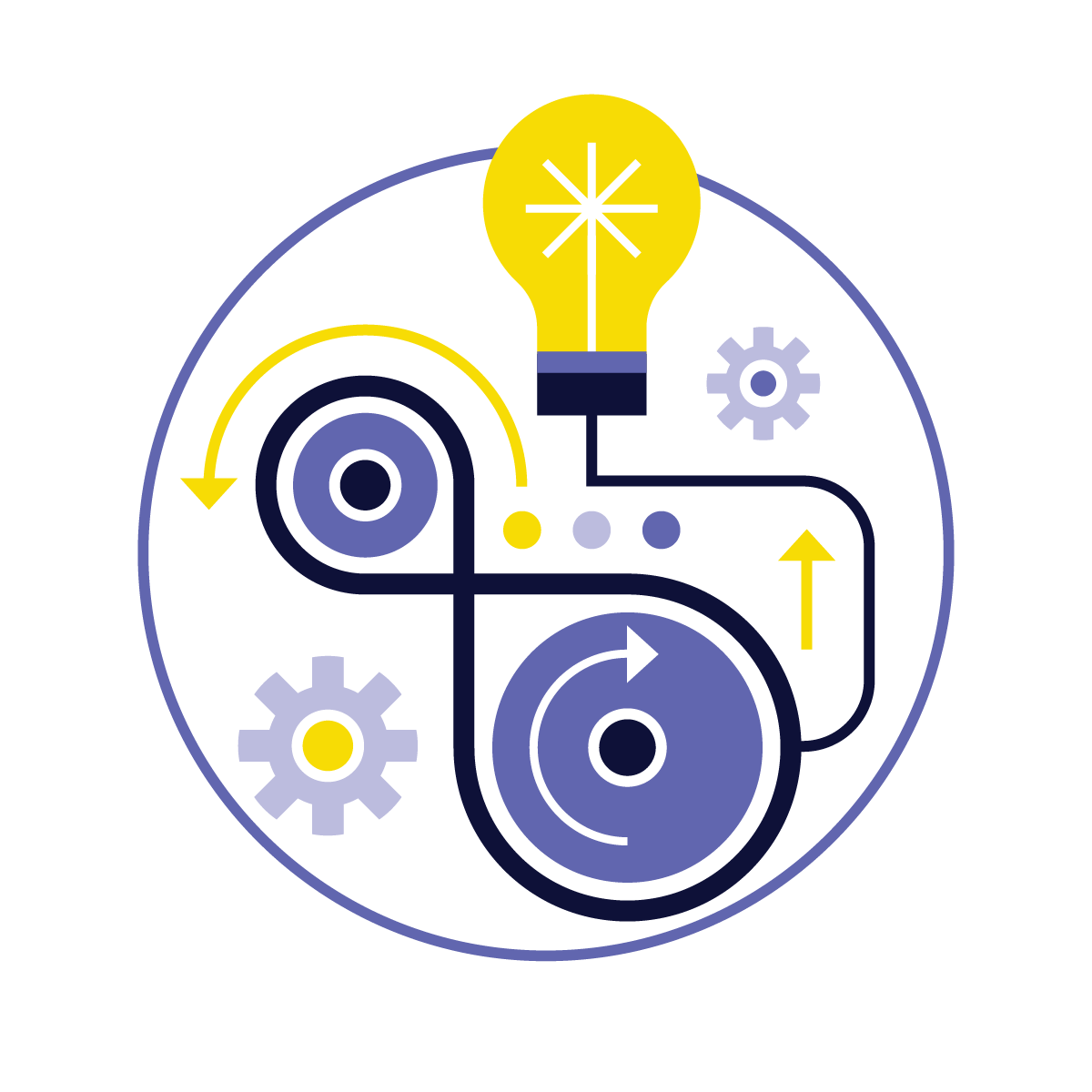Most of us don’t keep liquid nitrogen around for when it’s time to dust. But NASA boosts us in other handy ways.
Do you wear glasses that resist scratches? The first scratch-resistant products were items like space helmet visors.
Do the tires on your family car have a long life? NASA gave Goodyear Tire and Rubber Company research money. Staff found a fibrous material that is five times stronger than steel. NASA used the material to make shrouds. Shrouds are cords. They attach to a parachute to slow it down. Shrouds gave Viking mission probes a smooth landing on Mars in 1976. Goodyear makes tires with the same product.
Did you wake up on a memory foam mattress? NASA funding helped researchers find a material that cushions pilots during flights. Memory foam is now used in chairs, shoes, football helmets, and more.
Need power from the Sun? Use silicon solar cells made by NASA. The solar cells provide up to 50 percent more power than standard battery cells. The International Space Station (ISS) uses the cells to stay charged.
Shock absorbers developed by NASA in the 1980s protect rocket parts during launch. They also keep bridges and buildings safer in places prone to earthquakes.
Hundreds of waste treatment plants use filter methods NASA designed for recycling waste water.
NASA food studies used a nutritious algae. An algae-based ingredient is now in over 90 percent of infant formulas sold in the United States.
Do family members take pictures and videos with smartphones? Thank NASA. The digital technology used in phones, CAT scans, and MRIs is the result of NASA research.



















